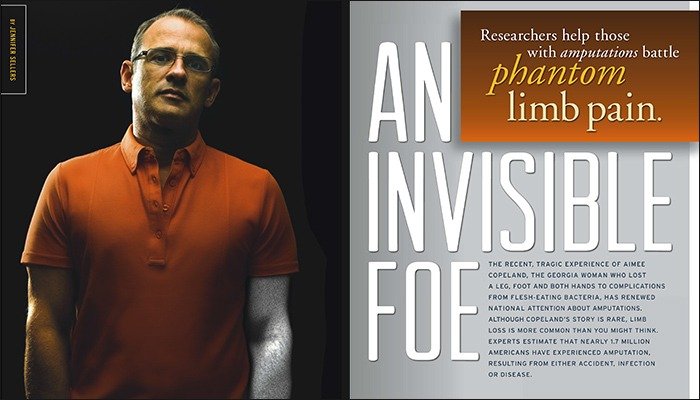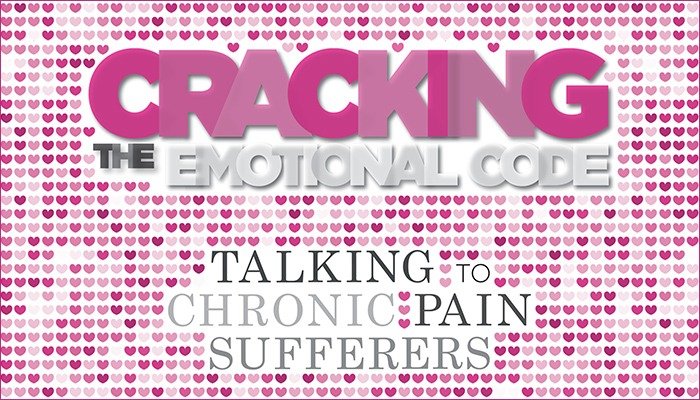Women & Heart Health

Every February on the first Friday of the month, people worldwide shed their usual threads in exchange for the inspiring color red to raise awareness and honor women in their fight against heart disease, the number one killer of women. According to the American Heart Association (AHA), every 60 seconds a woman in America dies from a heart attack, stroke or another form of cardiovascular disease. From this realization, in 2004 the Go Red for Women initiative was born to properly educate women about the risks of heart disease, eradicate myths that surround the disease and empower women to take control of their own heart health.
The idea of being heart healthy comes down to simple principles: exercising, eating healthy foods, visiting a doctor regularly and promoting heart health to others. However, it’s not a one-size-fits-all endeavor. Every woman faces her own hurdles to becoming heart healthy. Some face the challenge of finding the time, others may lack desire, more face co-existing health conditions, and when it comes to physical fitness, a lot of women have chronic pain while exercising.
Krista Binkley, 40, experienced a debilitating stroke on May 14, 2017. It was Mother’s Day and she was readying herself for work when her husband, Mike, noticed she was slurring her speech. Concerned, he asked her a question, and that’s when she began to show signs of facial drooping and her arm drew up, both classic symptoms of a stroke. Not wasting any time, he called an ambulance, and Krista was rushed to the hospital.
“The next thing I remember was waking up in the hospital, but it was actually 12 hours after I suffered the stroke,” says Binkley. “They found a hole in my heart and a clot that they partly removed and broke up the rest. They don’t know where the clot came from, and I had no warning signs.”
“‘Completely healthy’” was how Binkley described herself before her stroke. But she admits she didn’t exercise, nor did she go to the doctor for regular checkups or have her cholesterol monitored.
“I had no exercise in my life before this,” says Binkley. “I had a sedentary desk job. The only activity I had at home was playing with my two-year-old son, Braxton.
According to the AHA, there are several controllable risk factors that, if neglected or ignored, can lead to an increased risk for heart disease, and lack of exercise is one of them. Women also need to know and monitor their total cholesterol and blood sugar, have their blood pressure checked regularly, keep their weight under control by following their body mass index (BMI) and quit smoking if they haven’t already kicked the habit. (See the risk factors in image.)
One risk factor women can’t control, as pointed out by cardiologist Katie Twomley, MD, at Wake Forest Baptist Cardiology in Lexington, North Carolina, is genetics.
“If you have a primary relative, meaning parent or sibling, with onset heart disease—such as a heart attack, stent placement or bypass surgery—prior to age 55, then you are considered at risk of genetic predisposition,” says Dr. Twomley. “You should be extra careful regarding your controllable risk factors.”
Other non-controllable risk factors include age, gender, race and previous heart disease.
Dr. Twomley’s belief, backed by published research, is that exercise is more effective in preventing heart disease than dietary changes. According to www.goredforwomen.org, each hour of regular physical activity earns a woman two hours of additional life. The AHA recommends a minimum of 30 minutes of moderate intensity exercise five days a week or 25 minutes of vigorous activity three days a week. If this seems daunting, it’s best to remember that something is always better than nothing.
It’s still important to pay attention to diet and know what you’re eating, but maintaining a strict diet can be difficult, and many fail.
“Dietary changes are important, but too strict a diet can be hard to maintain,” says Dr. Twomley. “So, I tell people to focus on avoiding saturated fat, substituting with healthy, unsaturated fats, and adding fiber.”
A good rule of thumb is to shop the perimeter of the grocery store, since that is where the freshest and most unprocessed options are found. Dr. Twomley points out the pitfalls in high-fat-content beef, pork products, fried foods, cheeses, some yogurts, mayonnaise, prepared meals and other convenience foods, as these are full of saturated fats and sodium. Instead, she says adding unsaturated fats such as olive oil, nuts and seeds, avocado and fish will help lower your cholesterol, as will increasing your fiber intake.
Of course, the biggest part of managing heart disease is preventing it in the first place.
“Prevention is key,” says Dr. Twomley. “Best to never have a heart attack or stroke than to recover from one. Diet, exercise and risk-factor control are most important in prevention.”
Binkley never had any warning signs leading up to her stroke, so prevention was a challenge in her case. She was a young mom. She felt healthy. It came as a complete surprise when she suffered a stroke that might still have lifelong effects. What she experienced, according to experts, is rare. However, it happened. And now that she’s faced with an uncertain, painful road to recovery, heart health and exercise have never been more important.
“I’m still recovering,” says Binkley. “I have pain in my muscles and behind my knee, pain in my ankle, and I have to walk on my last three toes for comfort. Plus, this summer, I developed spasticity in the muscles in my left leg, the one affected by the stroke.”
According to the National Stroke Association’s (NSA) website, damage can occur in the brain after a stroke that can result in blocked messages between muscles and the brain. If this happens, muscles will cramp or spasm. The most relatable cousin to the spasticity that many have experienced is a “charley horse,” a sudden seizing in the calf or hamstring that occurs oftentimes in the middle of the night and can take extensive massage and movement to resolve. Spasticity in stroke patients is different in that it causes painful muscle spasms and long periods of strong contractions in major muscles, according to the NSA. It’s like an accelerated, prolonged, more painful charley horse.
Binkley was recovering well until the spasticity issue started.
“I didn’t want to walk because I was in so much pain,” she says. “I stopped doing many things for myself and let my family take over.”
But if there is anything Binkley regrets, it was giving up during that time.
“I wish I had pushed through the pain and kept moving,” she says.
Many women experience chronic, and sometimes acute, pain and wonder how they can remain physically active and heart healthy during a time when they are not feeling optimal. Mindful that moving at a minimum is best, Binkley does not currently have a formal at-home exercise program. She moves when the pain creeps in. It’s her reminder that if pain wins, she won’t. Instead of measuring ticks on a clock or inches lost on her waistline, she desires to regularly walk on the treadmill, motivated to move when she can or when she has pain. She also has physical, occupational and speech therapy twice weekly and assigned stretches.
Walking is the exercise Dr. Twomley often recommends, but she recognizes that pain—and obviously chronic pain—can limit a person’s ability to walk for long periods of time. She recommends her patients take prescribed medications for pain control and then exercise at the point in the day when pain is best managed.
“My advice to anyone startin
g a new exercise regimen would be to start slowly and be consistent,” says Patrick Laguerre, MD, director of pain management at Lake Norman Anesthesia Associates in Mooresville, North Carolina. “Improper technique, inadequate recovery and simply choosing the wrong exercises also can lead to injury and discouraged patients.”
When asked what he says to patients who suffer from chronic pain but need to start an exercise program—like those who are trying to become heart healthy—Dr. Laguerre’s answer is simple: try to do more of what you can already do. If that activity is walking, for example, he recommends keeping a log of time and distance, and each time trying to go longer and further without overdoing it. Both Dr. Twomley and Dr. Laguerre say that water therapy and swimming are other excellent low-impact exercises for chronic pain sufferers whose goal is to stay physically fit with minimal discomfort and pain. Recumbent or stationary bikes are good options, too.
The good news for women in America is that the Go Red for Women movement is working. Even though 30 percent of women in the United States—across ethnicities—are dying from heart disease, and heart disease kills five times more women than breast cancer, those numbers are down from 13 years ago, when the AHA first started to increase awareness of what it means to be heart healthy.
“The rate of heart disease deaths is actually declining due to efforts to educate women,” says Dr. Twomley. “There is an increased awareness of the risk and prevalence.”
Heart disease isn’t something that affects just men and elders. Knowledge is power, and women across America are showing they are ready to be heart healthy. Don’t forget to Go Red for Women in February!
PainPathways Magazine
PainPathways is the first, only and ultimate pain magazine. First published in spring 2008, PainPathways is the culmination of the vision of Richard L. Rauck, MD, to provide a shared resource for people living with and caring for others in pain. This quarterly resource not only provides in-depth information on current treatments, therapies and research studies but also connects people who live with pain, both personally and professionally.
View All By PainPathways






